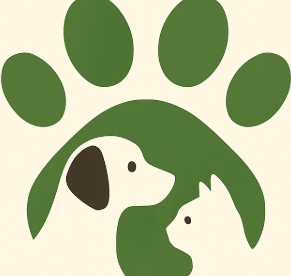
Understanding Brachycephalic Breeds: A Cute Controversy
As loving pet owners, many of us can't resist the charm of brachycephalic breeds. With their squished faces and distinct personalities, breeds like French Bulldogs, Pugs, and English Bulldogs melt our hearts. However, a deeper understanding of these adorable dogs reveals a range of serious health implications that can come with their signature look.
In 'Short-Snout Dogs – The Cost of Cuteness!', the discussion dives into the critical health issues faced by brachycephalic breeds, leading us to explore strategies for better care and awareness.
Why Brachycephalic Breeds Need Extra Care
The term 'brachycephalic' refers to dogs with short muzzles and flat faces, leading to a unique set of anatomical challenges. These breeds often struggle with breathing due to narrow nostrils and elongated soft palates. It’s crucial for potential pet owners to understand that while these dogs may appear cute, their cuteness comes at a significant cost—often leading to shortened lifespans and chronic health issues.
Common Health Challenges: A Double-Edged Sword
Common health problems associated with brachycephalic breeds include heat stroke, dental issues, and eye problems. Due to their altered breathing structures, these dogs can suffer from severe respiratory distress, especially during hot weather or strenuous activities. Furthermore, their prominent eyes are more prone to injuries and conditions like proptosis, where their eyes can pop out due to increased pressure.
Preventive Measures: Caring for Your Brachycephalic Dog
While adopting a brachycephalic dog can come with challenges, various proactive steps can help manage their health. Regular veterinary check-ups are essential for identifying potential issues early. Owners can help by maintaining a healthy weight through portion control and proper nutrition. Feeding smaller, more frequent meals can prevent regurgitation and aspiration problems that are common in these breeds.
Supporting Your Dog's Well-Being
Customizing feeding options to suit their unique jaw structure can improve their eating experience. Brands are now offering kibbles specifically designed for brachycephalic dogs, making it easier for them to chew and digest. Furthermore, utilizing harnesses instead of collars can reduce pressure on their fragile tracheas, allowing for safer walks.
Community Awareness: Educating Potential Owners
Ultimately, awareness is key. Prospective owners should do their research and speak with veterinarians about the specific needs and potential risks of owning these lovable breeds. It's essential to find responsible breeders who prioritize the health of their dogs, helping you find a healthy puppy that will become a cherished family member.
In conclusion, while the cuteness of brachycephalic dogs is undeniable, their potential health risks warrant thoughtful consideration. By understanding their specific needs and challenges, pet owners can provide a happier, healthier life for their furry companions.
 Add Row
Add Row  Add
Add 




 Add Row
Add Row  Add
Add 

Write A Comment